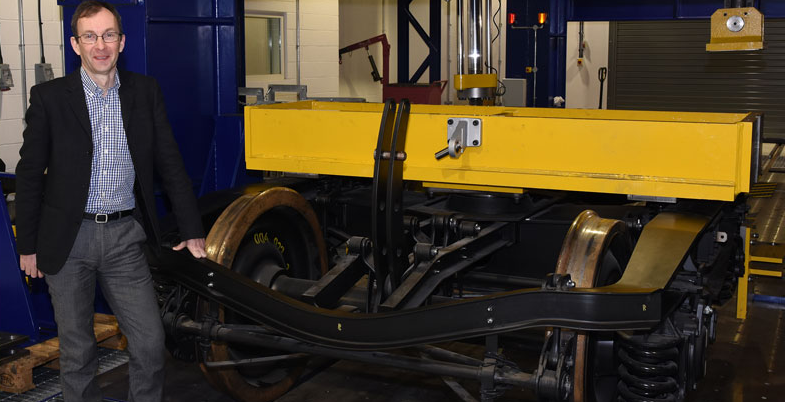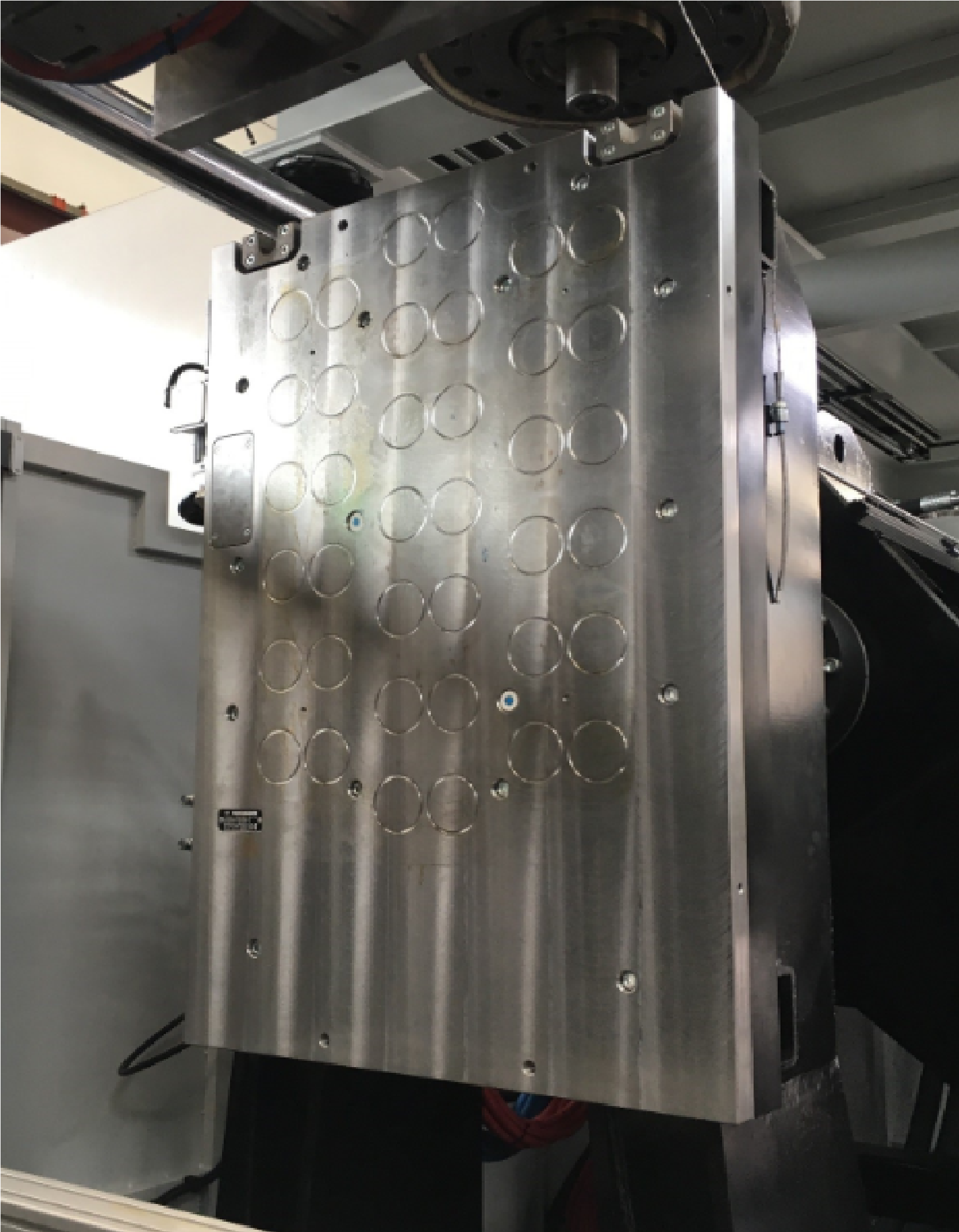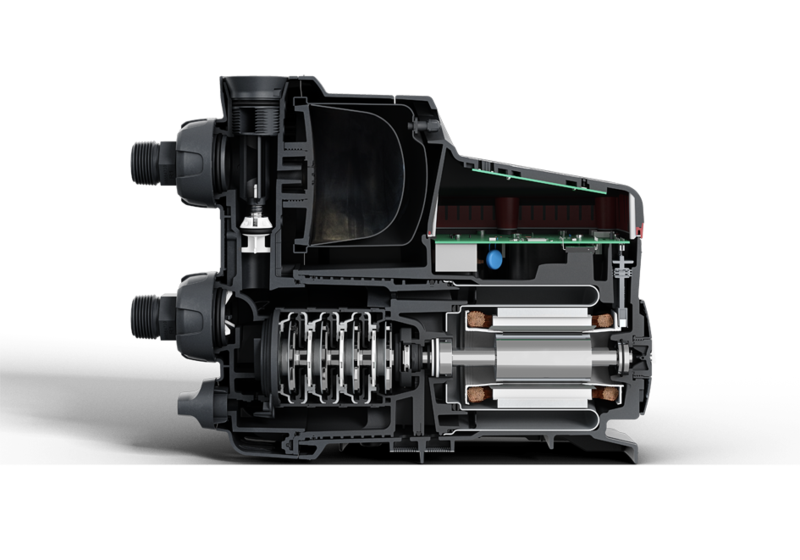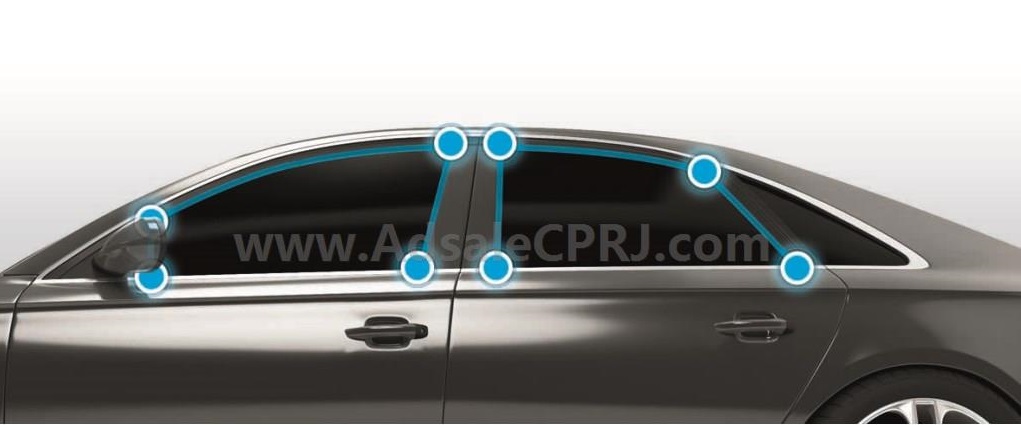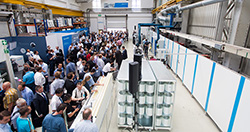Hangover in Automotive Lightweight ConstructionLarge battery capacity + lower vehicle weight = longer range. This equation for electric vehicles shows just how dependent they are on lightweight construction. Like the stricter laws on CO2 fleet emissions, the equation spawned a frenzy of investments into the research and development of new lightweight construction technologies, especially for CFRP. But while the equation seemed to be a no-brainer in theory, it hasn’t turned out that way in practice.A study recently conducted by the Center for Automotive Research (CAR) showed that vehicle weight has less influence on the range of EVs than expected. Among other things, the researchers loaded extra weights into a Tesla Model S and compared its power consumption over the same 100-km route. Unloaded, the car consumed 17.77 kWh. With an additional load of 100 kg, this figure actually fell to 17.67 kWh. When 300 kg were added, it rose marginally to 17.87 kWh. According to the study, the maximum rise in consumption was 0.6 % – within the range of measuring error. The underlying reason is the energy recovered during braking. Every braking operation charges the battery: the heavier the vehicle, the greater the energy recovery.This ties in with what looks like a decision by BMW to withdraw from CFRP technology. Its 49 % stake in SGL Automotive Carbon Fibers is being acquired by SGL’s parent company. And upcoming i-models will only feature "specific reinforcements" made of CFRP. It was only a matter of time before the hype surrounding lightweight construction faded away. That said, it’s still not obsolete by a long shot. Take a look at the roads and you’ll see mostly internal combustion engines. For those, at least, every gram shaved off the weight translates into savings on fuel, costs and carbon emissions.Source: Kumststoffe
Aeyoung Park
2018-03-13













